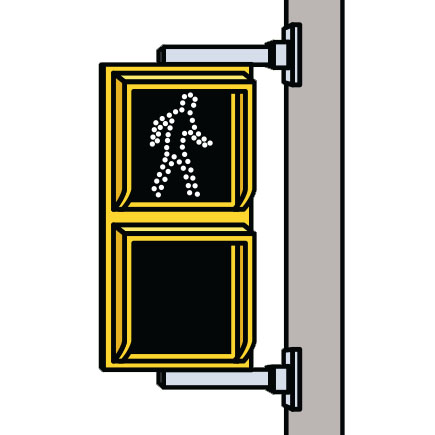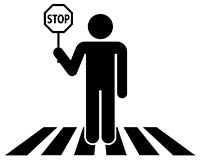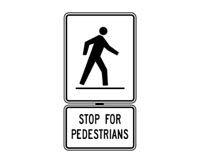In an effort to slow the spread of COVID-19, public health officials have recommended people remain two meters apart while in public spaces, including while walking on sidewalks and shopping at grocery stores.
The City of Toronto is implementing programs such as CurbTO, to help businesses, services, and community agencies, that are open support physical distancing outside and inside their buildings, while also accommodating increased demand for delivery and pickup services, and ActiveTO, that will make more room on neighbourhood streets and major roads so that people can maintain a physical distance while outside.
Through the CurbTO Initiative, each location will have unique conditions that will be assessed carefully by the City to develop the most appropriate solution. In some cases, City staff may be able to suggest alternate line-up configurations to alleviate crowding concerns. In other cases, a temporary curb lane closure may be the most effective tool.
As COVID-19 restrictions ease and summer begins, everyone has a role to play in making our roads safe. Pedestrian safety can be ensured by,
When walking:
- Stop, look, and listen before crossing, even when it is your turn to cross.
- Make eye contact with drivers to ensure they see you before you proceed.
- Avoid distractions like texting, cellphones, and headphones when crossing the street.
- After dark, drivers cannot see people in dark clothing until it is too late. Be bright at night; wear reflective materials or lights when walking at night, dawn and dusk.
- Jaywalking is dangerous; cross at pedestrian crossings.
When driving:
- Look for pedestrians, especially when turning left or right. Before turning left at an intersection, scan left, centre, right, and then left again to check for pedestrians crossing. Before turning right on a red, scan left, centre, right, left again, and then check your right mirror for cyclists and pedestrians. Avoid using handheld electronic devices (texting or talking) or other distractions when driving. Give the road your full attention.
- Pedestrians are hard to see at night, dawn and dusk. Be extra vigilant.
- Drive within the posted speed limits and adjust according to weather and traffic conditions.
Pedestrians have the right of way at:



Crosswalks at stop signs or traffic lights when the walk signal is displayed. | School crossings when a crossing guard is on duty. | Pedestrian crossovers identified by signs that say "Stop for pedestrians." |
Tips for crossing safely:
- Look for pedestrian push buttons. Pushing the button is important because it will bring up the walk signal and give you more time to cross. If there is no push button, the pedestrian signal will come up automatically.
- Sometimes you need to wait an entire light cycle before the walk signal is displayed.
- When the walk signal appears, make eye contact with drivers to ensure they see you. Always check that it is safe to cross the road before crossing.
- At two-stage crossings, pedestrians are to follow the signal and cross the first half of the crosswalk to the centre median. Then push the button again in the median and safely wait for the next walk signal.
We at JEWELL RADIMISIS JORGE LLP,strongly encourage everyone to engage in safe practices when out on the streets.
If you or a loved one have been injured in a pedestrian accident, contact us at JEWELL RADIMISIS JORGE LLP, and a member of our team will be happy to assist you.


.2008261134044.jpg)